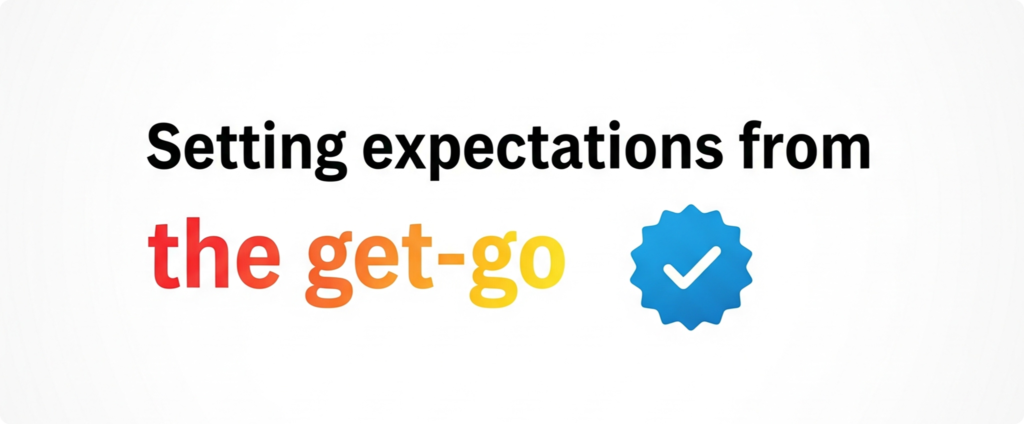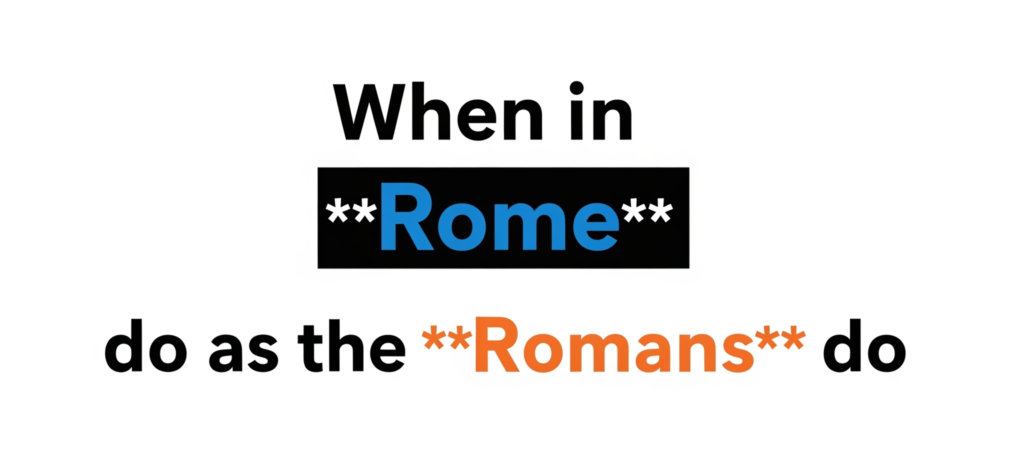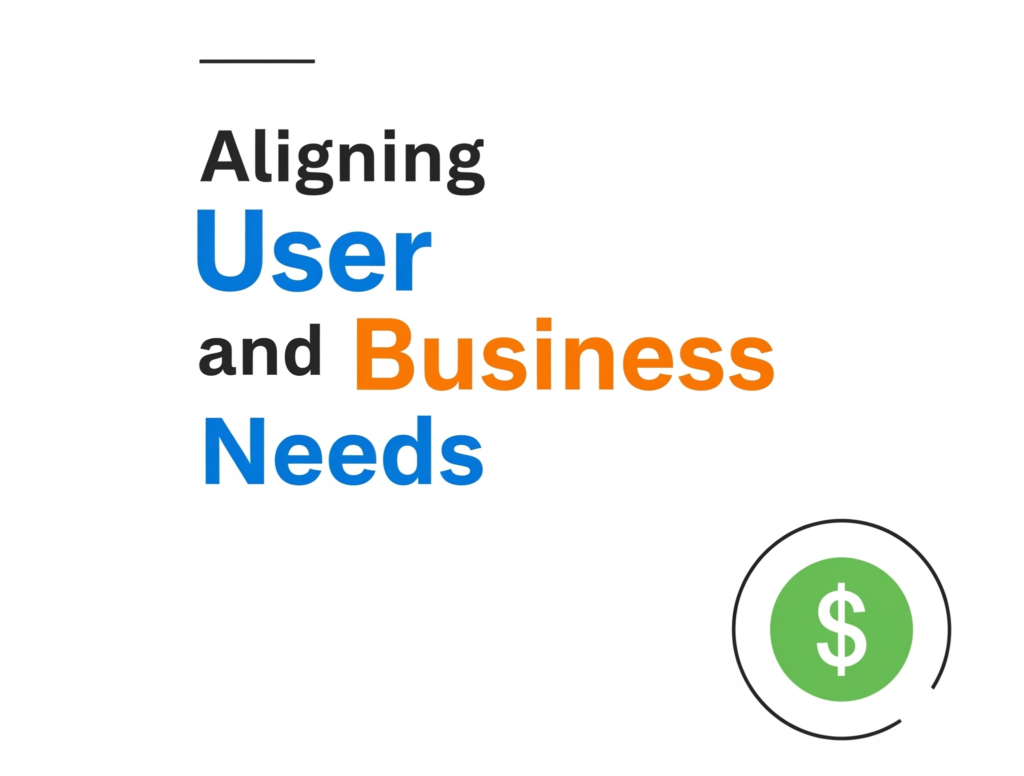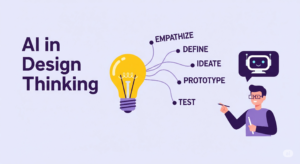click to get service View profile
Creating a visually appealing interface is only half the battle in product design. To build experiences that truly resonate with users, designers must dig deeper—into the needs, motivations, and behaviors of their target audience. That’s where user research comes in.
User research is the foundation of effective UI/UX design. It helps bridge the gap between what designers think users want and what users actually need. Whether you’re designing a mobile app, a website, or a complex enterprise system, understanding your users allows you to make informed decisions that lead to intuitive, user-friendly solutions.
In this guide, we’ll break down how to conduct user research that delivers real value—covering everything from choosing the right methods to turning insights into actionable design improvements. Whether you’re a beginner or looking to refine your research process, this article will help you design with clarity, empathy, and purpose.
Key Steps to Translate User Research into Effective UI/UX Design
1. Setting Expectations from the Get-Go

To ensure a successful outcome, it’s essential to establish a clear understanding of what user research aims to achieve and how it supports the design process. This involves aligning both research and design teams with defined roles and responsibilities, guided by a structured user research process that seamlessly integrates with the overall design workflow.
Then the designer has to tell the researcher if there is anything specific that the researcher needs to look at, which is a common approach in collaborative UI/UX design projects.
This could be a particular feature when doing usability testing methods, for example:
In the old design of a ride-hailing app, users were able to find the cancellation button easily. So now, the researcher can focus on whether the new design is balancing user experience and business needs and find a balance on how hard it is for the user to find the cancellation button.
In a case where this communication has not happened, the UX insight will look like:
“Users find it hard to find the cancellation button and show signs of frustration.”
Instead of:
“Users find it hard to find the cancellation button and take around 10 seconds to figure it out, enough to give them a chance to reconsider cancelling.”
This is a great segue to talk about the most crucial thing for research to be helpful to design and vice versa: translating UX research into design decisions.
2. Communicate Insights; Don’t Just Share

In an ideal world, researchers would research and hand off the insights to design. Design would take all the insights and make the best user-centered product.
But this is not an ideal world. Sometimes designers don’t understand research well enough and might not be able to apply the insights or even interpret them.
Bridging this gap requires translating UX insights for design in a way that is actionable and accessible for the whole team. This is where many UX research practices fail—they don’t speak the language of the UI/UX design process.
And researchers might not know every bit of design limitation and may find it downright offensive.
Add business needs to this mix, and voilà, here we have a half-baked product that tried to be a lot but turned out only “meh,” and none of the parties involved feel proud of the outcome.
If there is clear communication between user research and design teams regarding the meaning and impact of insights, and if designers share any limitations or suggest more effective alternatives, while the business clearly outlines its goals, it becomes easier to strike a healthy balance between user research insights and design decisions.
Example:
Insight:
Users naturally group laptop sleeves and hard cases together, viewing them as variations of the same product type meant for device protection, and expect to find them in the same category.
Business view:
Laptop sleeves should be kept with mobile covers, so people see suggestions and buy the sleeves as well.
Solution:
A conversation between the three could lead to a golden mean:
Laptop sleeves and hard cases stay in the same category, but there are pop-ups of phone cases in similar items or categories to lead the user to mobile cases.
Here, design can intervene, think of a unique solution, and put their UX understanding to best use, without having to simply do what research and business say. This is what makes UX research for UI design truly impactful.
3. When in Rome, Do as the Romans Do

Make insights easy to digest. We know we wanna make perfect insights that are not just “findings” (if you know, you know).
But sometimes these are not significant for the designers to understand and implement.
You might wanna translate your insights into user stories or something designers are used to, such as:
As-is/To-be Frameworks
As-is: “As a user, I struggle to find the checkout button because it’s buried in a drop-down.”
To-be: “As a user, I want to easily find the checkout button so I can complete my purchase quickly.”
Jobs To Be Done (JTBD)
When (situation), I want to (motivation), so I can (expected outcome).
Example:
When I’m commuting, I want to listen to something engaging so I can make the most of my time.
This helps the designer:
- Understand why users do something
- Identify pain points and opportunities
- Design around goals, not features
Also, show and tell! Present your insights to designers as if they are your biggest stakeholders:
- Annotate screenshots
- Show clips from interviews
- Don’t just share, present
It takes extra effort, but it is totally worth it and a much better way to share your insights than simply sharing the presentation and leaving the information to interpretation. This approach strengthens your overall UI/UX design strategy.
4. Aligning User and Business Needs

Over-indexing user needs and overlooking business needs is not the way to go.
As user researchers in UX design, our instinct is to ensure the user gets the best deal out of the design/product/service.
But sometimes the best option for all is not necessarily the best option for research, and striking a balance becomes more important—especially in large-scale UI/UX design projects where business goals matter just as much.
Example:
For the user, it might be best to find the cancellation button easily.
But that’s not best for business, as it increases non-thoughtful cancellations.
Of course, how difficult it needs to be can be guided by researchers based on the tech capabilities of the users. Understanding this is a key part of effective user research methods that prioritize both user experience and business growth.
Final Thoughts: Researchers as Advocates
Saying this, I don’t mean that user research should give in to every business need and ignore all user needs to build the ideal business product.
We are the sole representatives of the most important stakeholders of any service—the users.
It’s important to know when to give leeway and when to put a strong foot down and say: This is what the user needs. And that’s where well-done user research with the right users becomes the guiding light.
Checklist: Conducting Effective UX Research for UI/UX Design
- Align with the design of the goals
- Translate insights into familiar formats
- Speak the design language
- Present; don’t just share
- Balance user + business needs
FAQs on Conducting Effective User Research for UI/UX Design
1. What is the purpose of user research in UI/UX design?
User research helps uncover real user needs, behaviors, and pain points to inform user-centered UI/UX design decisions that improve product usability and satisfaction.
2. What are the most effective user research methods?
Common methods include usability testing, user interviews, surveys, A/B testing, and contextual inquiries. The best method depends on your project goals.
3. How do you turn UX research into actionable design insights?
Translate findings into user stories, as-is/to-be frameworks, or JTBD. Present insights visually with screenshots or real user quotes.
4. How does UX research align with business goals?
Effective UX research considers both user needs and business objectives, helping to design experiences that are user-friendly and commercially viable.
5. What’s the role of a UX researcher in the design process?
A UX researcher gathers and analyzes user data to inform design. They bridge the gap between users, designers, developers, and business teams.
6. How often should you conduct user research?
It should be done regularly: during the discovery, prototyping, and post-launch phases of the UI/UX design process.
7. What are common mistakes to avoid in UX research?
Poor communication, vague findings, lack of stakeholder involvement, and ignoring business goals are common pitfalls in UX research for UI design.

